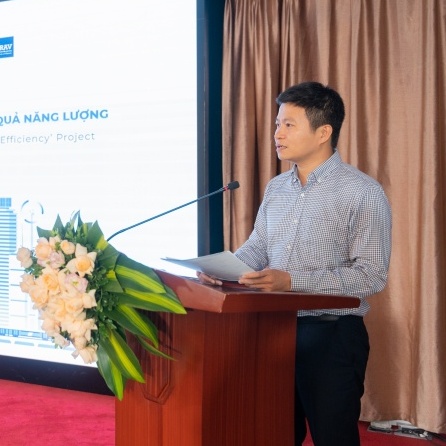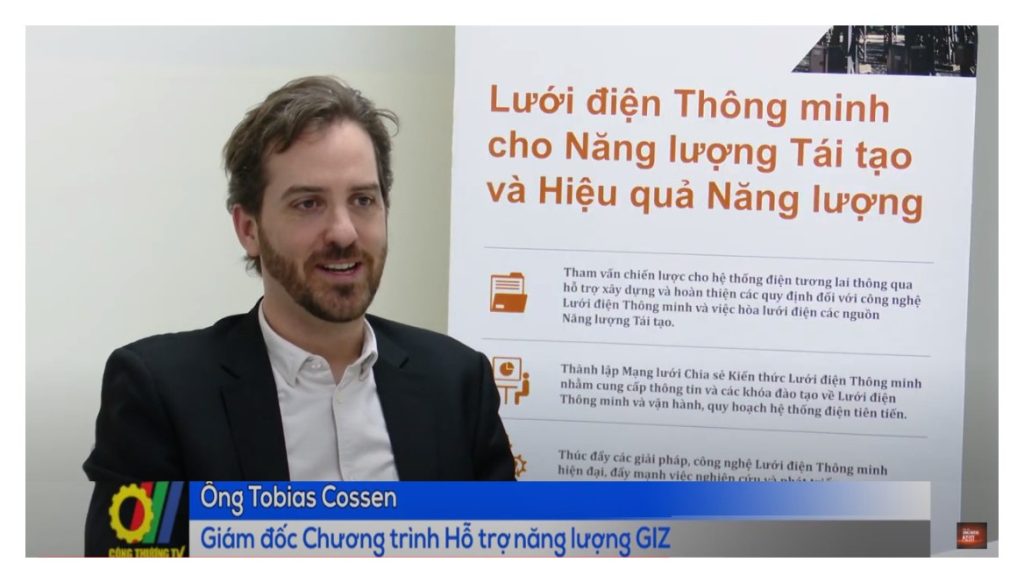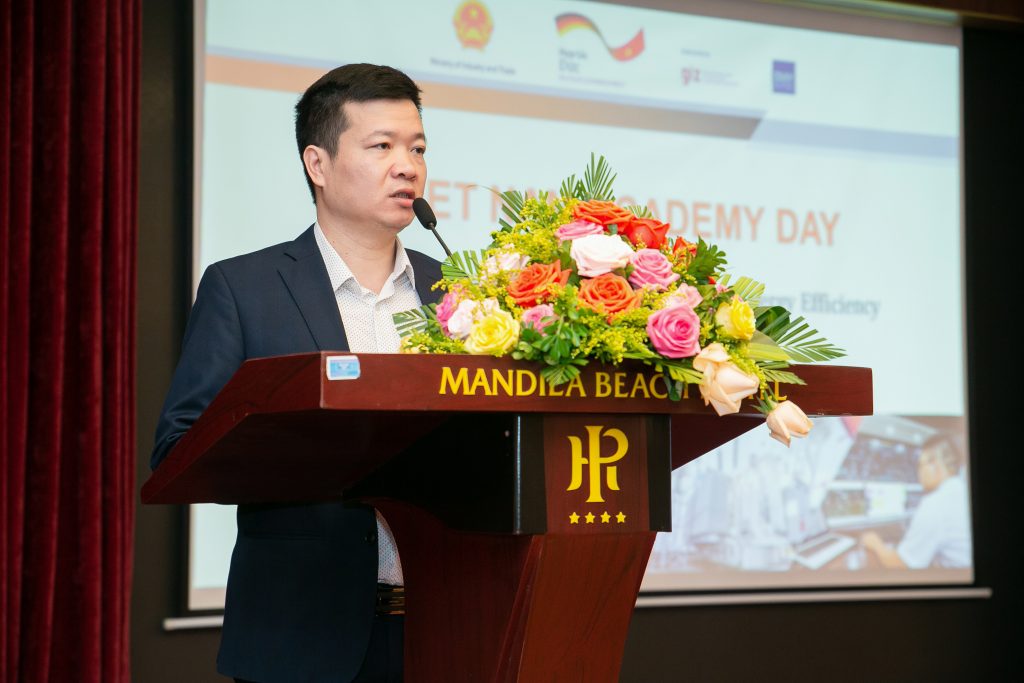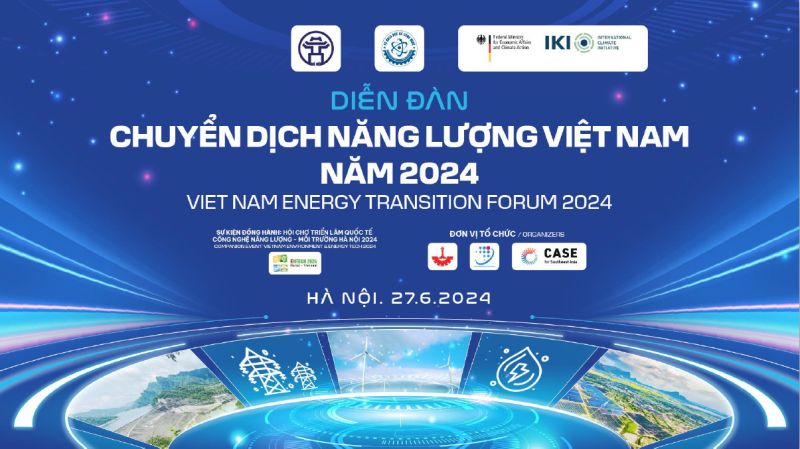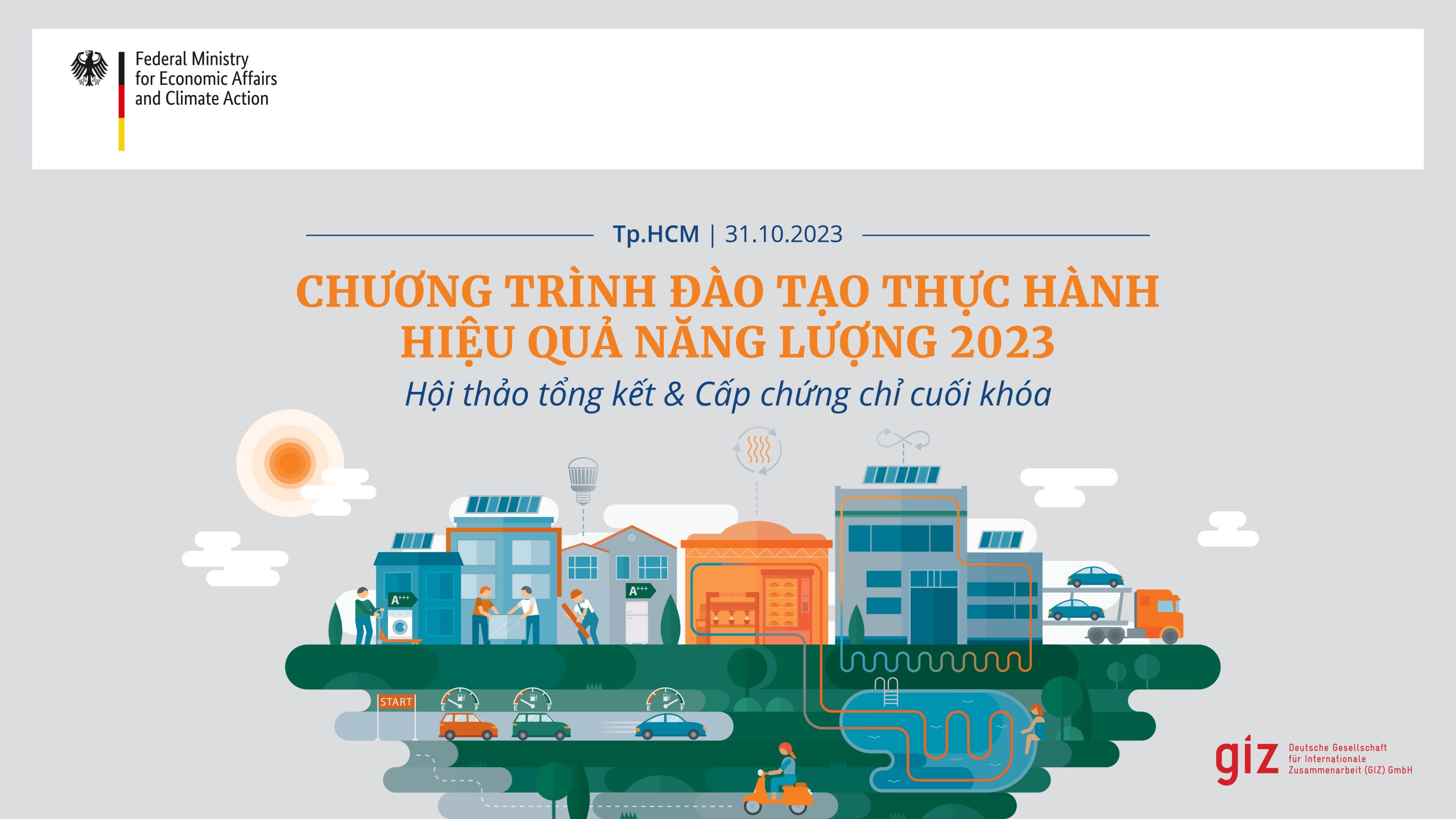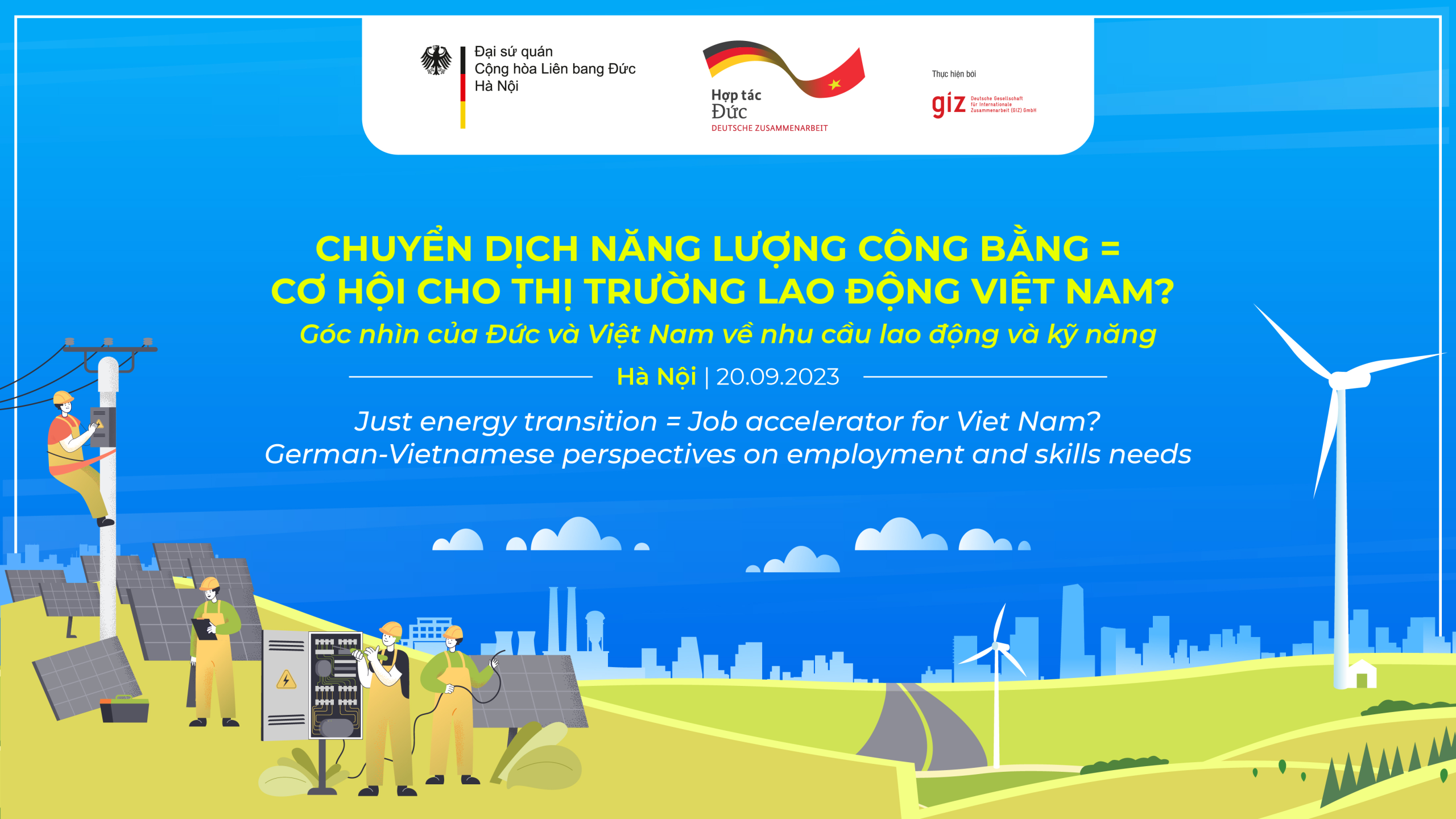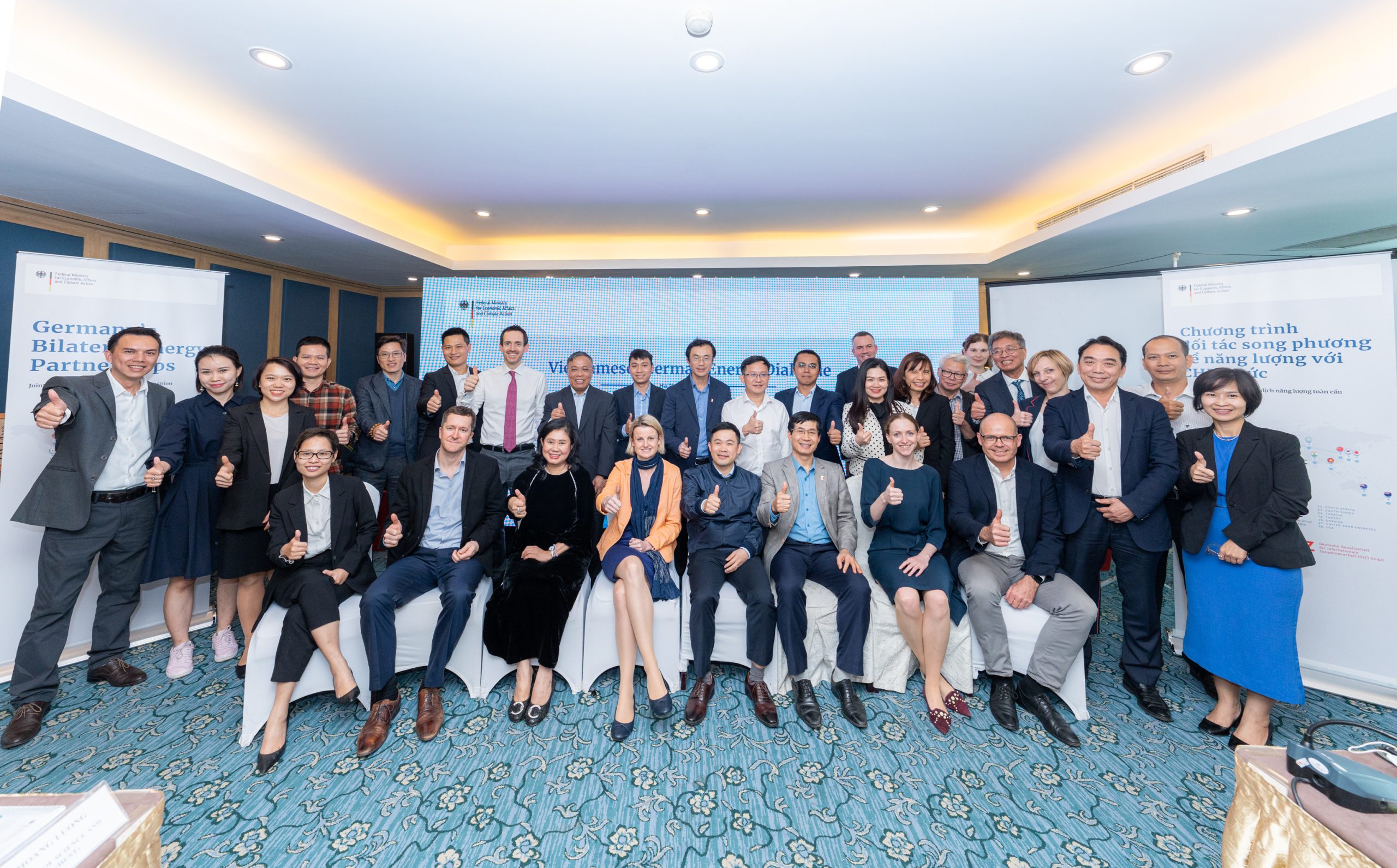GIZ and the Electricity Regulatory Authority of Vietnam (ERAV) co-organised the final consultation workshop on ‘Congestion management solutions to support the optimal mobilization of renewable energy sources in power system’ on 26th August in Hanoi.
Participants were representatives from affiliated entities under the Ministry of Industry and Trade (MOIT), the Vietnam Electricity, experts from the Hanoi University of Science and Technology and GIZ-assigned consultant team.
At the workshop, they were updated with analysis of the country’s current electricity system and its current congestion management measures. Overview of international best practices were presented so local experts can learn from the lessons when dealing with relevant issues.
In recent years, Viet Nam has witnessed a blooming of renewable energy projects as a result of attractive Feed-in-Tariffs to incentivize the development of solar power (Decision 11/2017/QD-TTg) and wind power (Decision 39/2018/QD-TTg).
While most of those projects are based in the central, the grid infrastructure is not sufficient to release the capacity. Along with the problem, the instability of grid systems caused by a large gap between peak load and base load also leads to serious grid congestion. The curtailment is unavoidable as a result, affecting the projects’ revenue and investment efficiency.
In the workshop, the consultants have recommended the following measures to improve the congestion management in Vietnam.
In terms of planning congestion management:
I. Planning Congestion Management Measures (CMMs)
-
Regulatory framework:
-
Region or time-depending feed-in-tariffs: The national feed-in tariffs created an incentive mechanism for investors, which led to a huge expansion of wind and solar PV in the south of Vietnam due to better conditions. By varying the feed-in tariffs according to the time of day or through regional differentiation, bottlenecks can be bypassed by providing incentives to investors.
-
Load dependent feed-in tariff: The feed-in tariff can be set at the lowest level at times when the grid load is low and there is a risk of overproduction by solar PV systems, while the highest tariff can be set at times when the load in the grid is also at its highest. This gives investors an incentive to invest in storage option or change the orientation of the solar PV systems in order to receive a higher feed-in tariff, resulting in less grid congestion lower congestion management costs at peak feed-in hours.
-
Prioritization of RE feed-in-tariffs: Beyond the feed-in tariff, there is a prioritization of Renewable Energy in Vietnam in terms of mobilization and curtailment of generation. There is a chance for improvement by using more efficient mechanism such as based on imputed cost.
-
Digitalization/Automation:
-
The promotion of generation plants based on solar PV and wind will lead to electricity in Vietnam being increasingly generated remote from load-centers in the coming years – which is already partly the case today. Above all, the progressive expansion of rooftop solar plants will lead to an increased feed-in of electricity at the distribution grid level, for which the transformers and lines are not fully designed. In order to avoid bottlenecks, the digitalization of distribution grid level is necessary for improving the coordination among generators, distribution and transmission grid operators. Specifically, digitalization for congestion management aims at the connection of substation to grid control centers with all important SCADA functions, and broadband penetration, especially fiber optic connection.
-
Grid expansion:
-
it is a logical approach to increase the grid capacities so that more current can flow through the lines and transformers. However, network expansion is a measure that entails long construction times and high costs.
II. Operational CMMs
-
Grid-related measures:
-
HVDC transmission is recommended as a long-term solution as it can relieves the North-South transmission lines, and also can further provide grid-stabilizing functionalities such as reactive power compensation.
-
On-load tap changer can be used at the distribution grid level to regulate the voltage without interrupting the load current. The advantage of this technology is that if all local grid stations of a medium-voltage grid are equipped with controllable transformers, the voltage of the entire medium-voltage grid can be adjusted decoupled from the voltage maintenance of the lower low-voltage level.
-
Phase shift transformer: The use of this technology will enable more efficient connections between two regions and help in better utilization of existing grid capacities.
-
Topological modifications: Changing the grid topology, for example by connecting or disconnecting lines and transformers and changing the busbar configuration, enables congestion in the power grid to be eliminated. Topology changes can also be carried out at local grid stations on the distribution grid level in order to relieve lines and keep the voltage stable.
-
Dynamic thermal line rating monitors the condition of transmission line in real time. Therefore, the dispatcher can raise the transmitted power based on the instantaneous capacity of the line, resulting in the increase of about 30% above the normalized limit.
-
Market-related measures:
-
Virtual power plants: is a set of small-scale, distributed electricity plants, both conventional and renewable units, along with electricity load and energy storage systems. They operate as one unit to optimize the use of energy resources. This combination can store the surplus electricity production at times of high vRE production and thus prevent the curtailment of energy. On the other hand, a deficit in electricity production can be compensated by the energy stored in the storages.
-
Demand side management allows the adjustment of electricity load according to changes in power generation, specifically vRE production. It rapidly provides flexibilities, system services and smoothen the residual load by adapting load to the supply-dependent volatile vRE generation.
-
Energy storage options: Energy storage could compensate for the fluctuations of vRE feed-in and create flexibility in operation. Moreover, energy storage systems could shift the peak supply of vRE to the time of peak demand.
-
Redispatch: the transmission system operators can request a change in the feed-in deviating from the planned load schedule of the power plant to ease congestion. The cost incurred by the power plant due to this change is settled with the transmission system operators on the electricity market.
-
Cross-border redispatch: Extension of redispatch to between neighboring countries. Redispatch can be expanded cross-border if neighboring systems are not galvanically separated from our own.
-
Countertrading: Allow the redistribution of inter-area power flow to solve short-term grid congestion. Congestion between transmission system operators’ control areas occurs when market participants want to export more electricity from one control area to another control area than is technically possible with the existing transmission lines. By concluding an opposite electricity trade transaction or “countertrading”, the actual electricity flow to be physically transmitted is reduced.
-
Redispatch 2.0: Allow the assessment of the effectiveness of renewable energy plants’ output adjustment on distribution-level grid, through comparison of imputed costs and minimum factors of these plants with marginal cost of conventional plant. In Germany, until now, the transmission system operator could only use conventional plants. Redispatch 2.0 introduced on 1st October 2021 will allow distribution-grid-level renewable energy system of up to 100kW to participate. In order to include the renewable energy plants in the shutdown sequence, Redispatch 2.0 uses imputed costs & minimum factors for these plants. The imputed costs are used to compare with the marginal costs of conventional power plants, while minimum factor indicates how strongly a RES must act on the congestion in order to be shut down before a conventional power plant.
-
RE feed-in management: Renewable energy systems are curtailed before a grid congestion occurs. Feed-in management also available at the distribution grid level. In Germany, feed-in management may only be used for congestion management if other measures have been exhausted. The cost of lost revenue and the feed-in subsidy for renewable energy system are reimbursed by the transmission system operator.
This is the final workshop of the assignment of congestion management solutions for reducing renewable energy curtailment in Viet Nam. The task aims to develop detailed economic dispatching mechanism (both grid-related & market-related), suggest least-cost grid upgrades to avoid RE curtailment, and propose solutions and financial compensation mechanisms if the curtailment cannot be avoided.
The events were part of the bilateral technical assistance project – SGREEE, which is implemented by ERAV and GIZ, on behalf of the MOIT and the German Federal Ministry for Economic Cooperation and Development (BMZ) respectively.
If you are an expert, join Smart Grid Viet Nam Facebook group:




